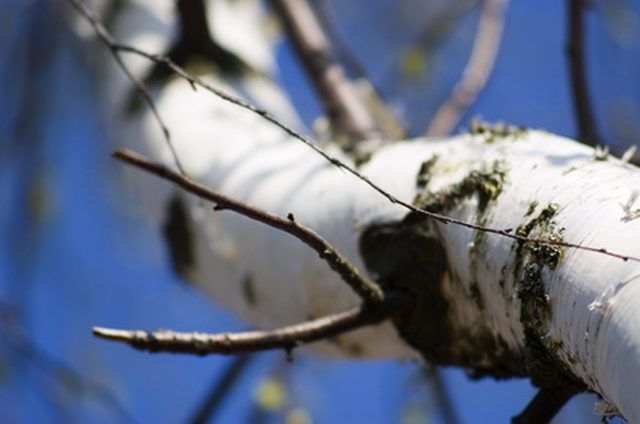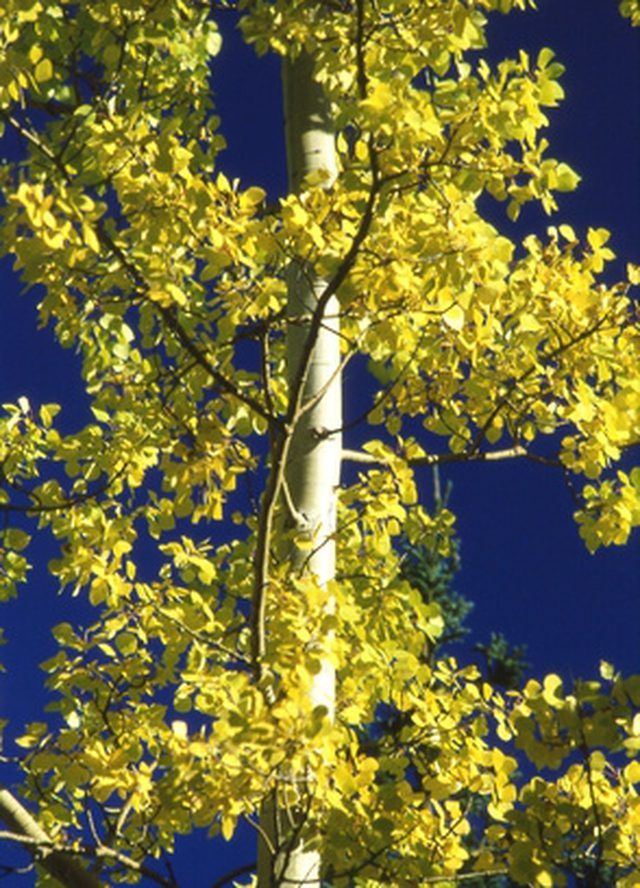Bulbs
Flower Basics
Flower Beds & Specialty Gardens
Flower Garden
Garden Furniture
Garden Gnomes
Garden Seeds
Garden Sheds
Garden Statues
Garden Tools & Supplies
Gardening Basics
Green & Organic
Groundcovers & Vines
Growing Annuals
Growing Basil
Growing Beans
Growing Berries
Growing Blueberries
Growing Cactus
Growing Corn
Growing Cotton
Growing Edibles
Growing Flowers
Growing Garlic
Growing Grapes
Growing Grass
Growing Herbs
Growing Jasmine
Growing Mint
Growing Mushrooms
Orchids
Growing Peanuts
Growing Perennials
Growing Plants
Growing Rosemary
Growing Roses
Growing Strawberries
Growing Sunflowers
Growing Thyme
Growing Tomatoes
Growing Tulips
Growing Vegetables
Herb Basics
Herb Garden
Indoor Growing
Landscaping Basics
Landscaping Patios
Landscaping Plants
Landscaping Shrubs
Landscaping Trees
Landscaping Walks & Pathways
Lawn Basics
Lawn Maintenance
Lawn Mowers
Lawn Ornaments
Lawn Planting
Lawn Tools
Outdoor Growing
Overall Landscape Planning
Pests, Weeds & Problems
Plant Basics
Rock Garden
Rose Garden
Shrubs
Soil
Specialty Gardens
Trees
Vegetable Garden
Yard Maintenance
Facts on the Himalayan Birch Tree
Facts on the Himalayan Birch Tree. The Himalayan birch is a white-barked birch that was valued in the urban landscape for its form and fast growth rate. It has fallen out of popularity due to its susceptibility to insect attack.

The Himalayan birch is a white-barked birch that was valued in the urban landscape for its form and fast growth rate. It has fallen out of popularity due to its susceptibility to insect attack.
Features
Himalayan birch trees have pure white bark that peels from the tree. In maturity the tree has a pyramidal form and an open branching structure. Leaves are dark green turning to bright yellow in the fall.

Growth Rate
Himalayan birch trees are considered to be fast growing and can average 18 inches of growth in one year when planted in well-drained soil and full sun. Himalayan birch trees adapt well to adverse planting conditions, but will grow at a slower rate. Trees can grow to be 40 feet tall and 20 feet wide.
Warning
Himalayan birch trees are highly susceptible to insect attack by the bronze birch borer. The insect borers into the tree causing damage that leads to the decline and death of the tree. Himalayan birch trees are not recommended for planting in areas where the bronze birch borer has been documented.